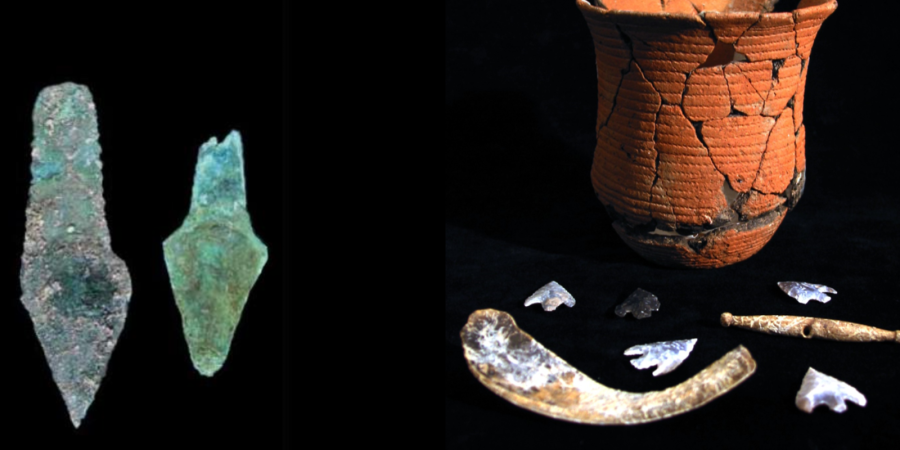Over 40 years of archaeological research is now available for free via our new Open Library. The new digital resource shares over 75 books, including many out-of-print titles, as well as 155 reports…and counting. The platform has been launched to share the charity’s rich archaeological knowledge and data with as many people as possible, removing barriers including subscriptions and fees.
Our Chief Executive, Dr Stu Eve, said: “At Wessex Archaeology we believe in championing knowledge-sharing methods that provide the best outcomes, whether that be stimulating research and learning, inspiring the next generation of archaeologists or fostering wellbeing. We hope this rich resource inspires others to understand and appreciate the value of heritage and supports further research. So please dip in and discover something new.”
This Open Library is another stride in our journey to become net zero by 2030. The digital-first research platform also incorporates a more sustainable local print-on-demand service for those wanting to buy a print publication.
A diverse range of topics and archaeological disciplines feature in the library, conducted by 100s of specialists in archaeological fieldwork, marine archaeology, geophysics, geoarchaeology, built heritage and many finds and period specialisms.
Highlights include:
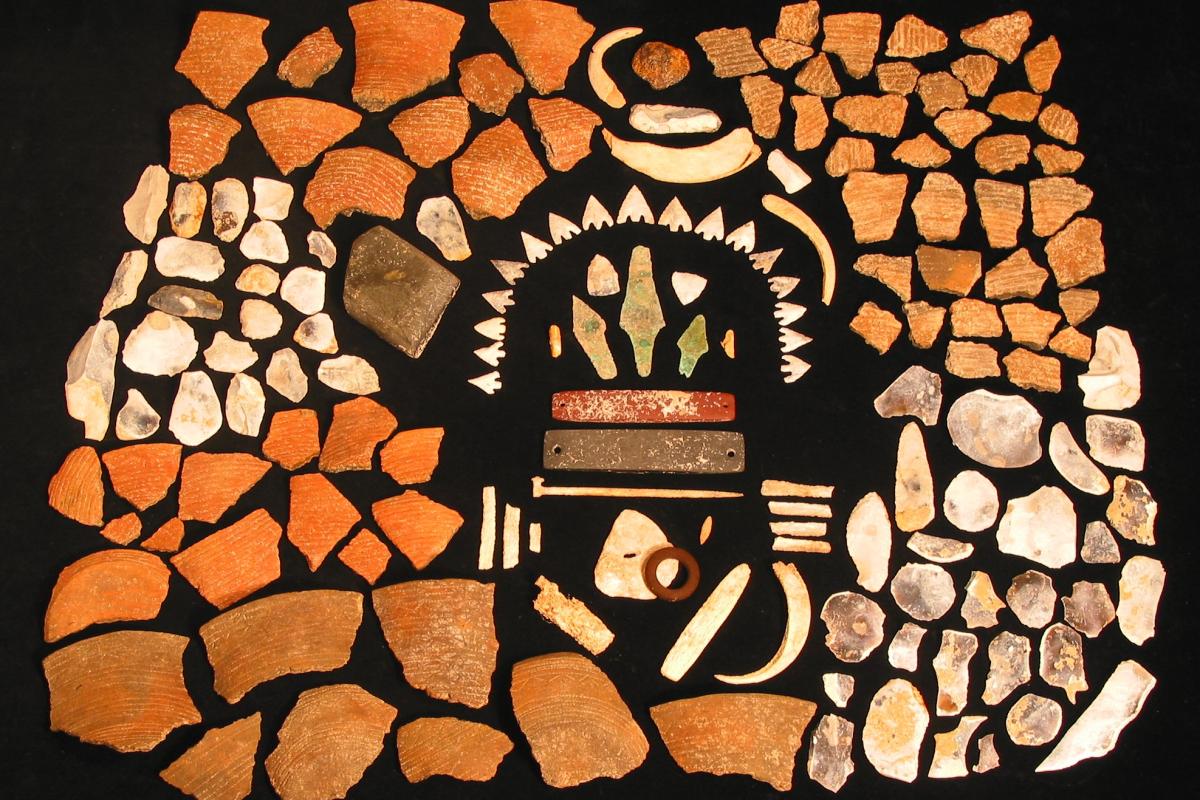
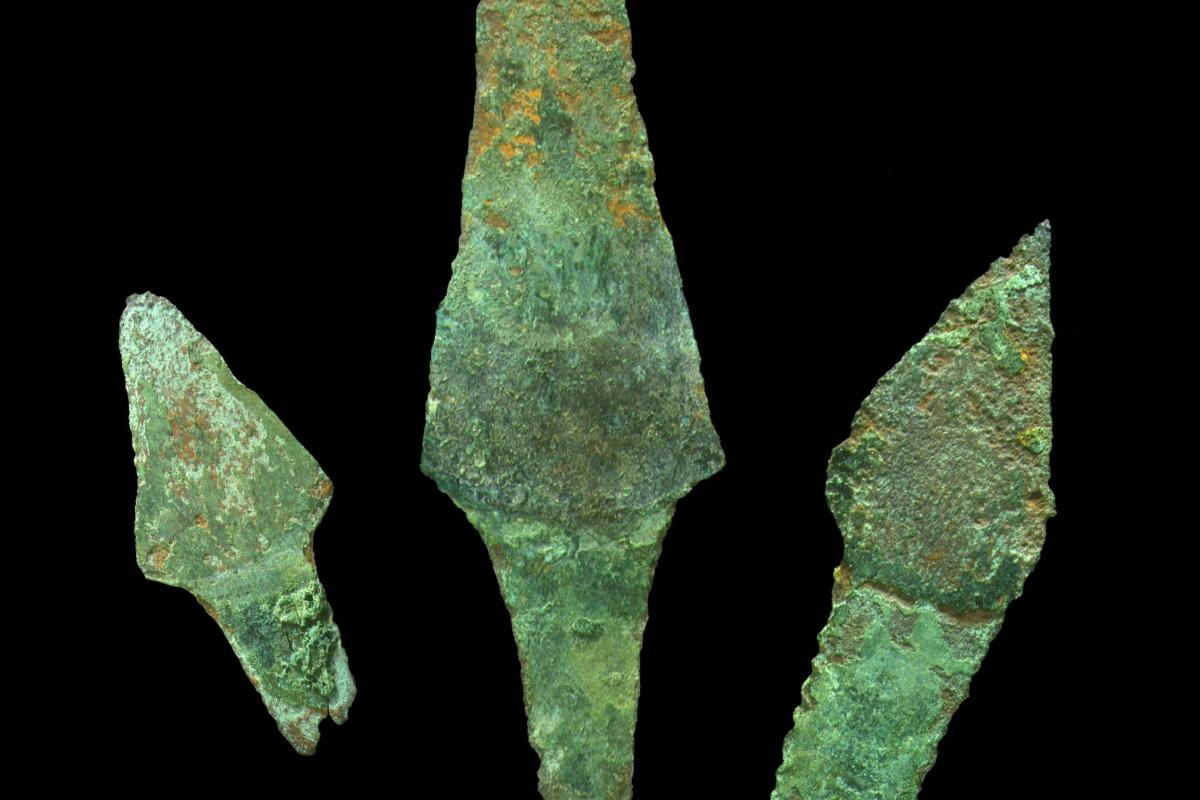
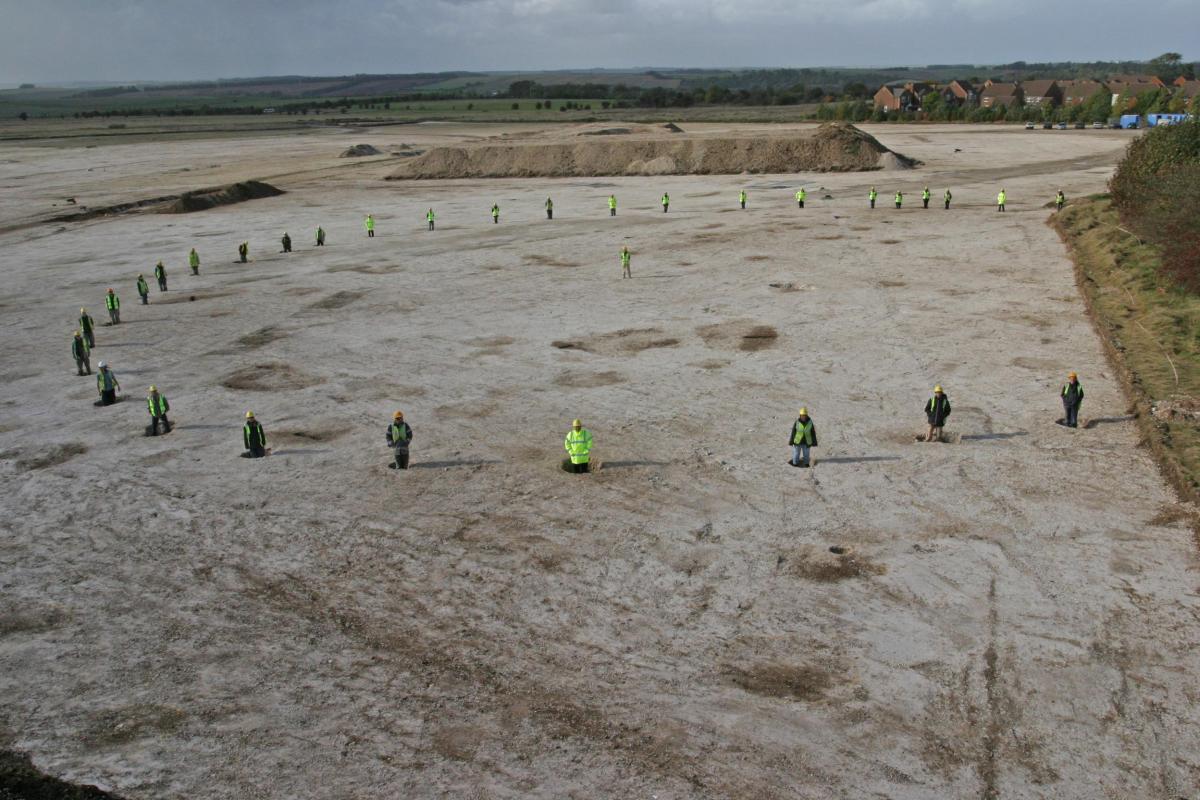
Found only a few kilometres from Stonehenge, the graves of the Amesbury Archer and the Boscombe Bowmen date to the Bell Beaker Period and are some of the richest graves of this period ever found in Britain.
The publication, which has been out of print for several years, details osteological analysis, scientific testing and archaeological research and what it tells us about the lives and travels of these extraordinary prehistoric people.
Matt Leivers, Stonehenge Consultant Archaeologist, said: "The astonishing discovery of the Amesbury Archer revolutionised the way the Beaker period was understood, not only at Stonehenge, but across Europe. Over 20 years since the discovery, the research in this publication details that vast amount of knowledge we've been able to glean from studying his remains."
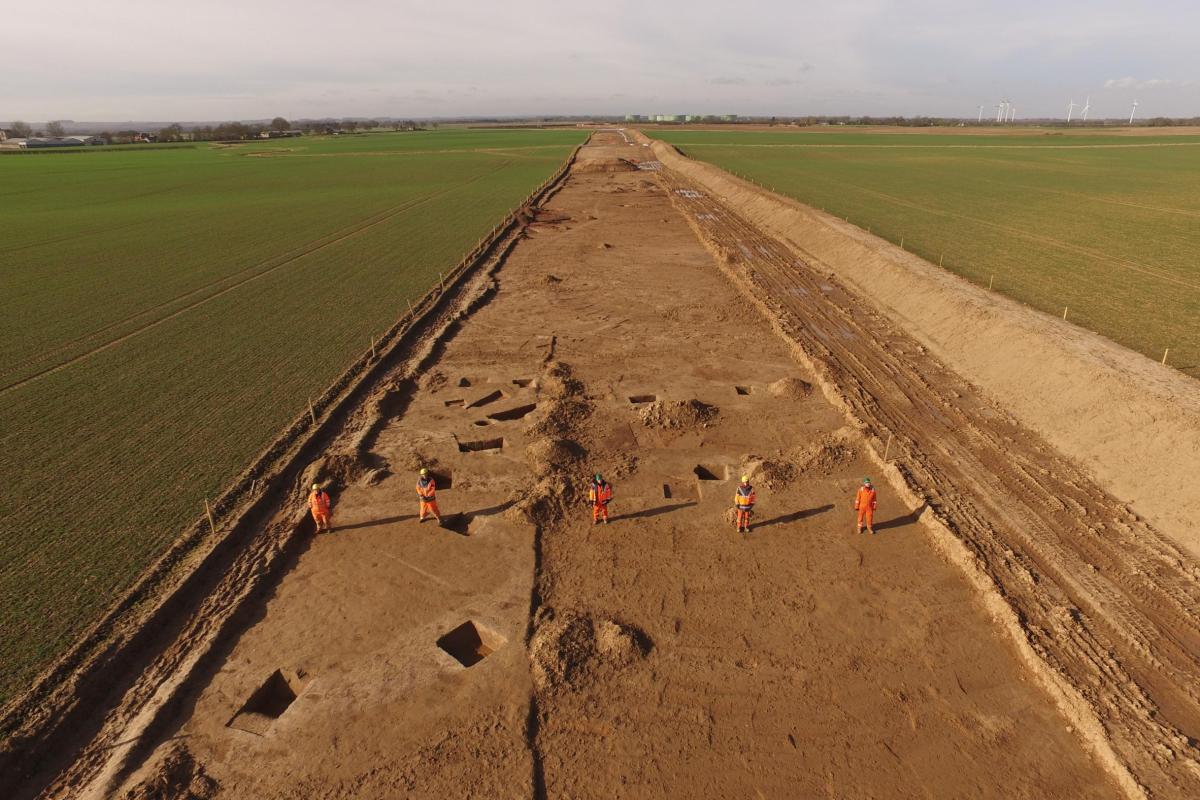

Our archaeologists uncovered six isolated, Iron Age settlements surrounded by the low-lying wetland of the Lincolnshire Middle Marsh, during a dig along Ørsted’s Hornsea One onshore cable route. The striking density of features relating to water management, including a complex array of drainage ditches, revealed the lengths these ancient people went to day to day, to fight against the rising sea levels, drawing parallels to the challenges of climate change faced by communities today.
Ashley Tuck, Research Manager at Wessex Archaeology, said: “The marsh was a tough, isolated environment where people struggled to subsist, largely untouched by Romanised culture and fashion. They fought almost obsessively to drain their settlements, creating dense layers of enclosures and boundaries to keep the encroaching water at bay. In the case of one example, which parallels our present-day narrative of climate change, they could do little prevent their homes being destroyed by the sea.”


An extraordinary series of human and animal remains recovered from the Late Bronze Age-Middle Iron Age mortuary feature, reveal a wealth of evidence for mortuary rites including exposure, excarnation and curation. English Heritage-funded radiocarbon and isotope analyses shed new light on long-distance contracts, mobility and mortuary rites during the later prehistory.
Jacqueline McKinley, Principal Osteoarchaeologist at Wessex Archaeology, said: “The dense complex of archaeological features and deposits found at Cliffs End, Kent, reflected a rich mortuary landscape extending from the series of Early Bronze Age barrows to an Early Anglo-Saxon cemetery.
The most remarkable finds pertained to the Late Bronze Age and extended into the Iron Age. These mortuary deposits indicated a complex mosaic of activities including curation, exposure, human sacrifice and the creation of 'tableaux ' comprised of complete and partial corpses, and curated skeletal elements. Isotopic analysis indicates a varied geographic origin for those buried and a fluidity in population movement with links between widely dispersed communities.”
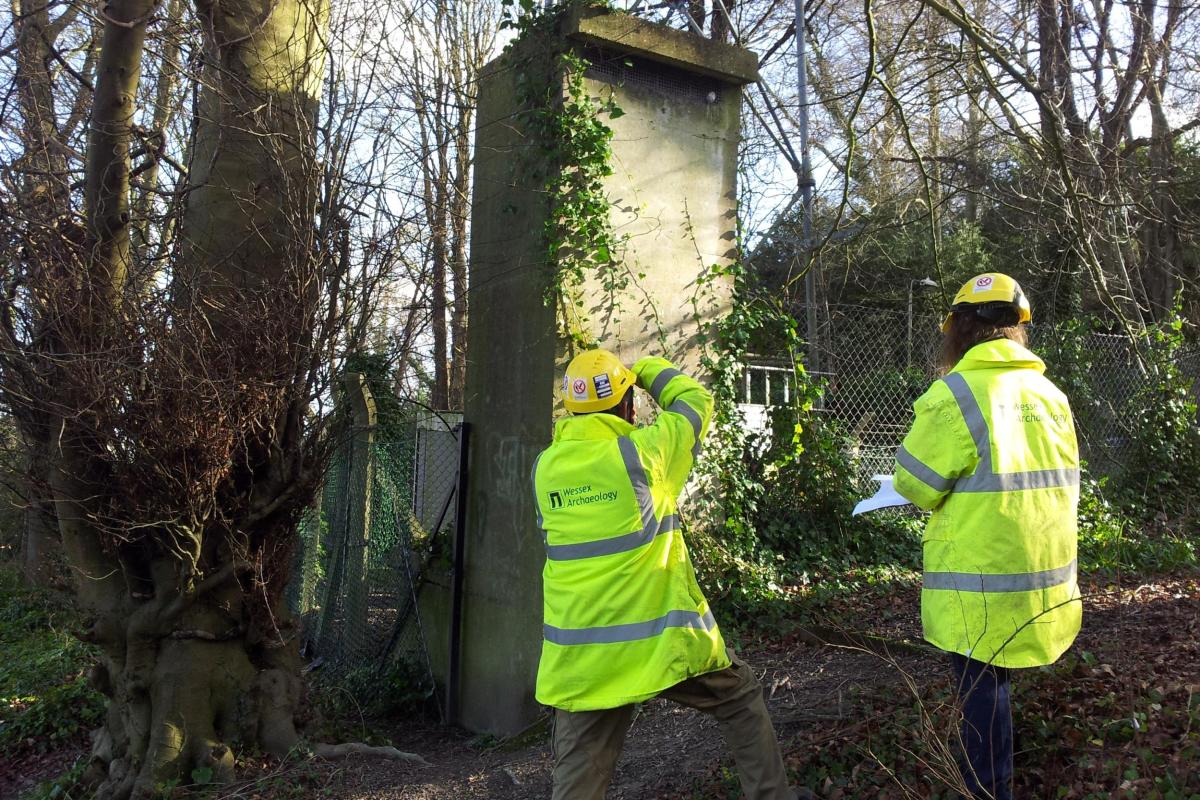
This Historic Building Record was conducted on an underground Second World War concrete communications bunker in Salisbury. The survey included a measured survey, digital photography, documentary search, and oral history with local residents who had memories of the bunker in the early post-war period.
Bob Clarke, Deputy Director of Research at Wessex Archaeology, said: “This project was an opportunity to record the underground protected bunker at Harnham, originating in the early Cold War. The study of the secret structure enabled us to understand something of this controversial period. When people think of archaeology, they traditionally think of the distant past. Increasingly, we are recognising the social value of studying sites relating to recent historical events, and this report is a great example of that.”



Salisbury is renowned for its superb medieval cathedral and planned city centred on its market. The lives of these former residents can now start to be reconstructed from the archaeological evidence as parts of the city have been redeveloped. This volume brings these diverse strands of archaeological evidence together for the first time to tell the story of this cathedral city and its residents through its engaging past.
Phil Harding, Wessex Archaeology archaeologist and author of Joining the Dots, said: "This is the first full account of Salisbury using archaeological evidence. The decades of research explored in the chapters of Joining the Dots expose the foundations of the city and the fascinating lives of its former residents, as told through holes in the ground. It's been a great privilege to have contributed to the story of this wonderful city and to now make it available for all to enjoy."
The publications are available, in full, to view, download, copy and distribute under the CC BY-NC-ND Creative Commons License. For more information and to begin exploring visit wessexarchaeologylibrary.org. For more information contact publications@wessexarch.co.uk.
